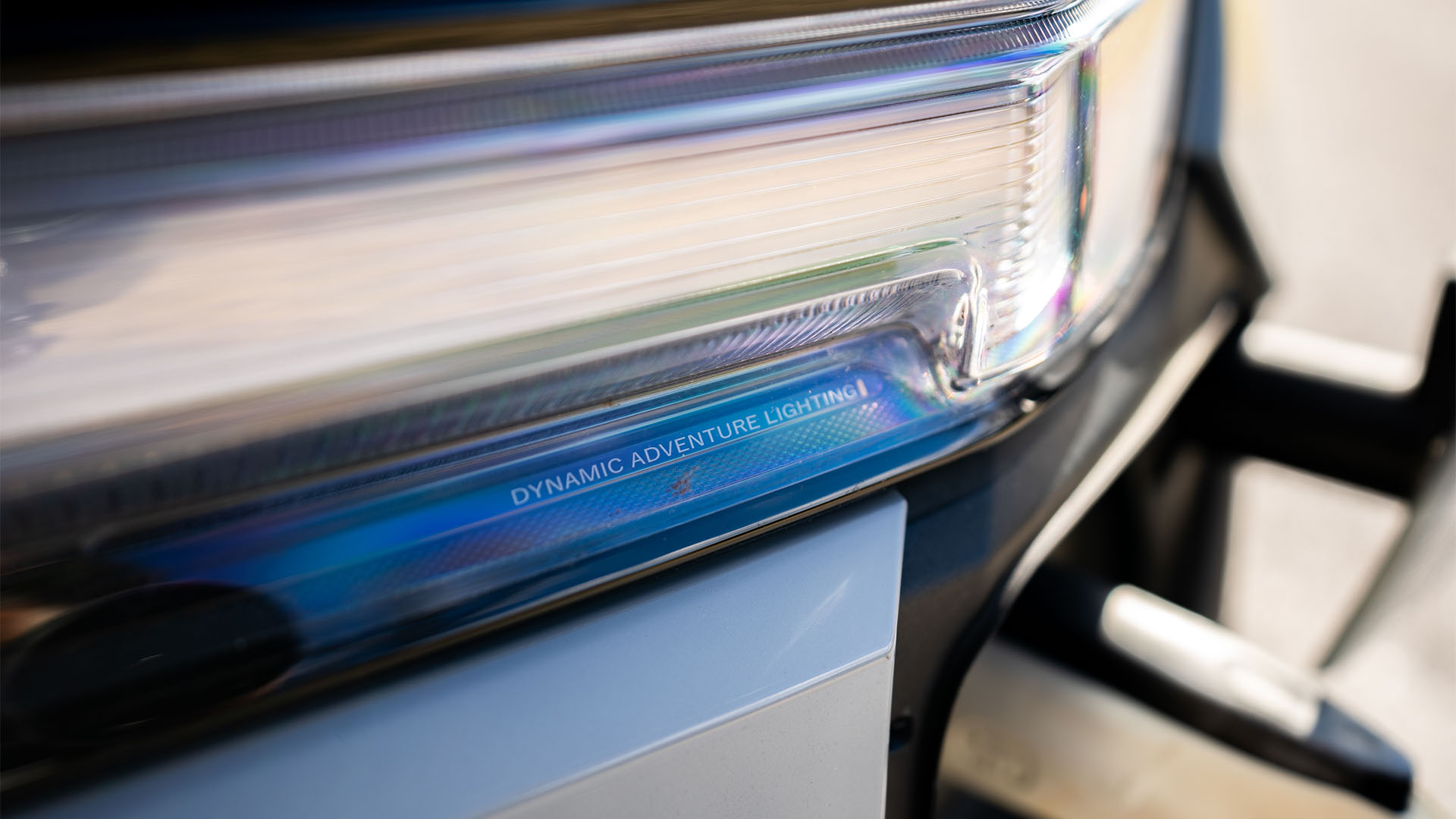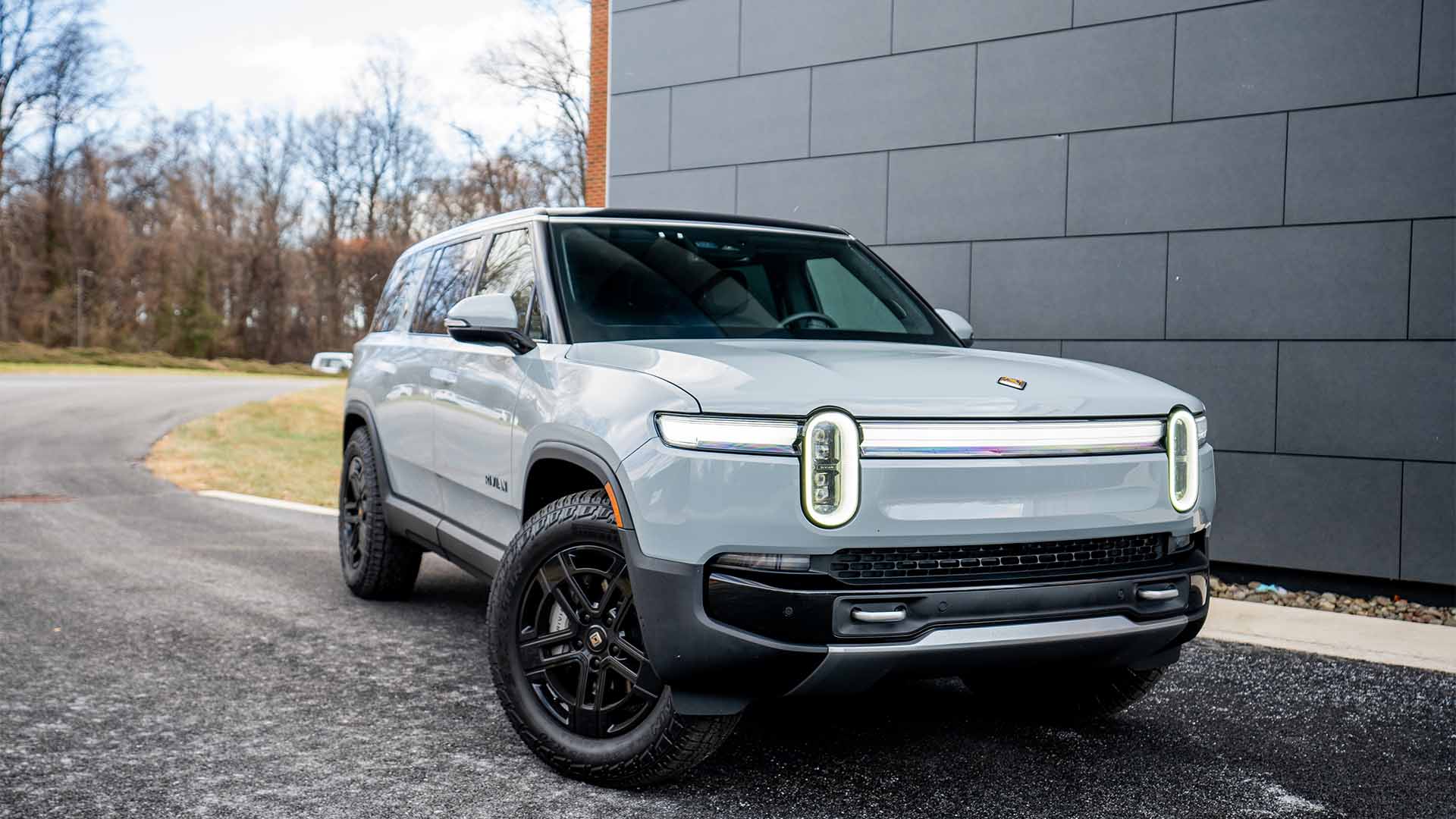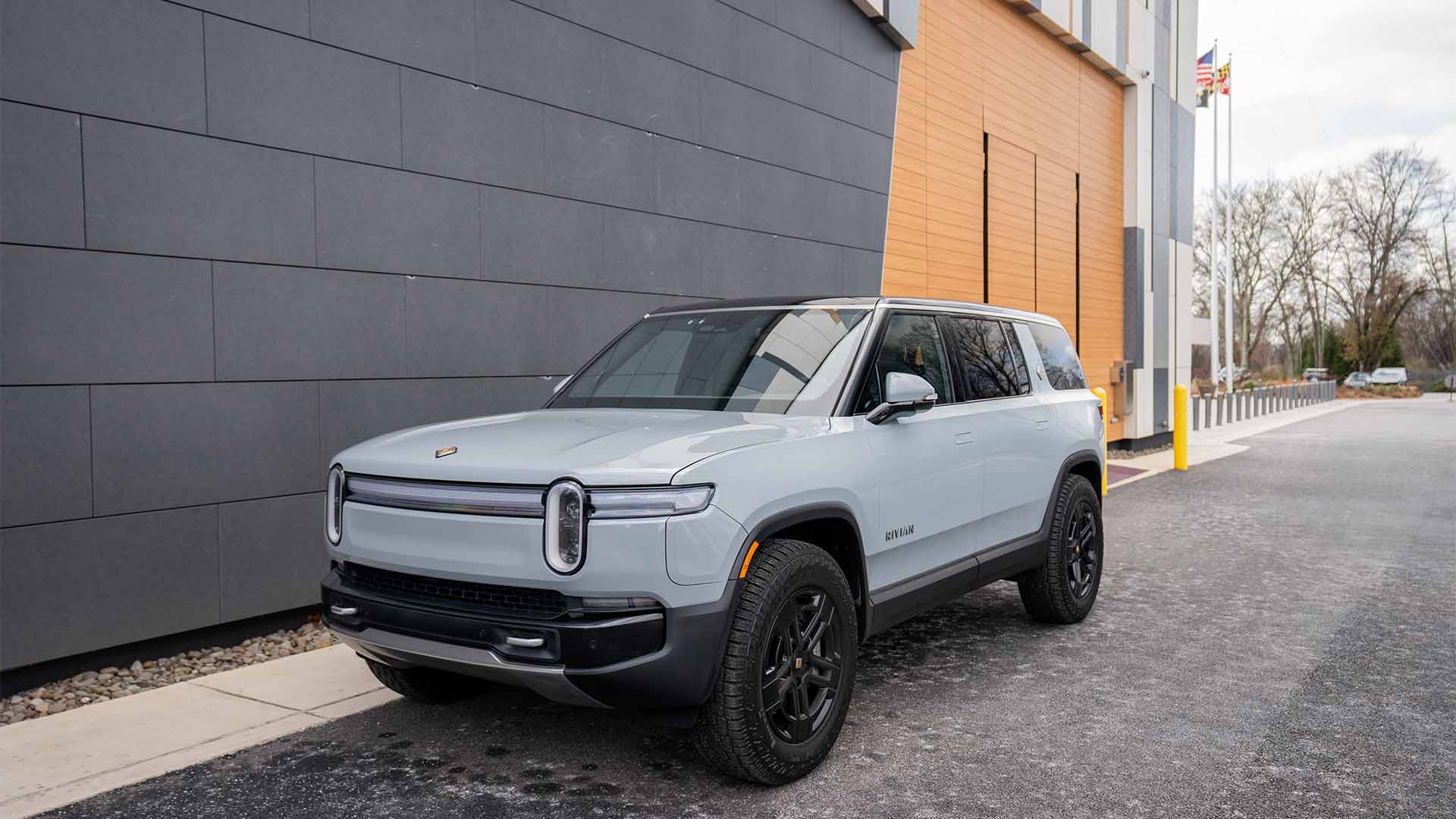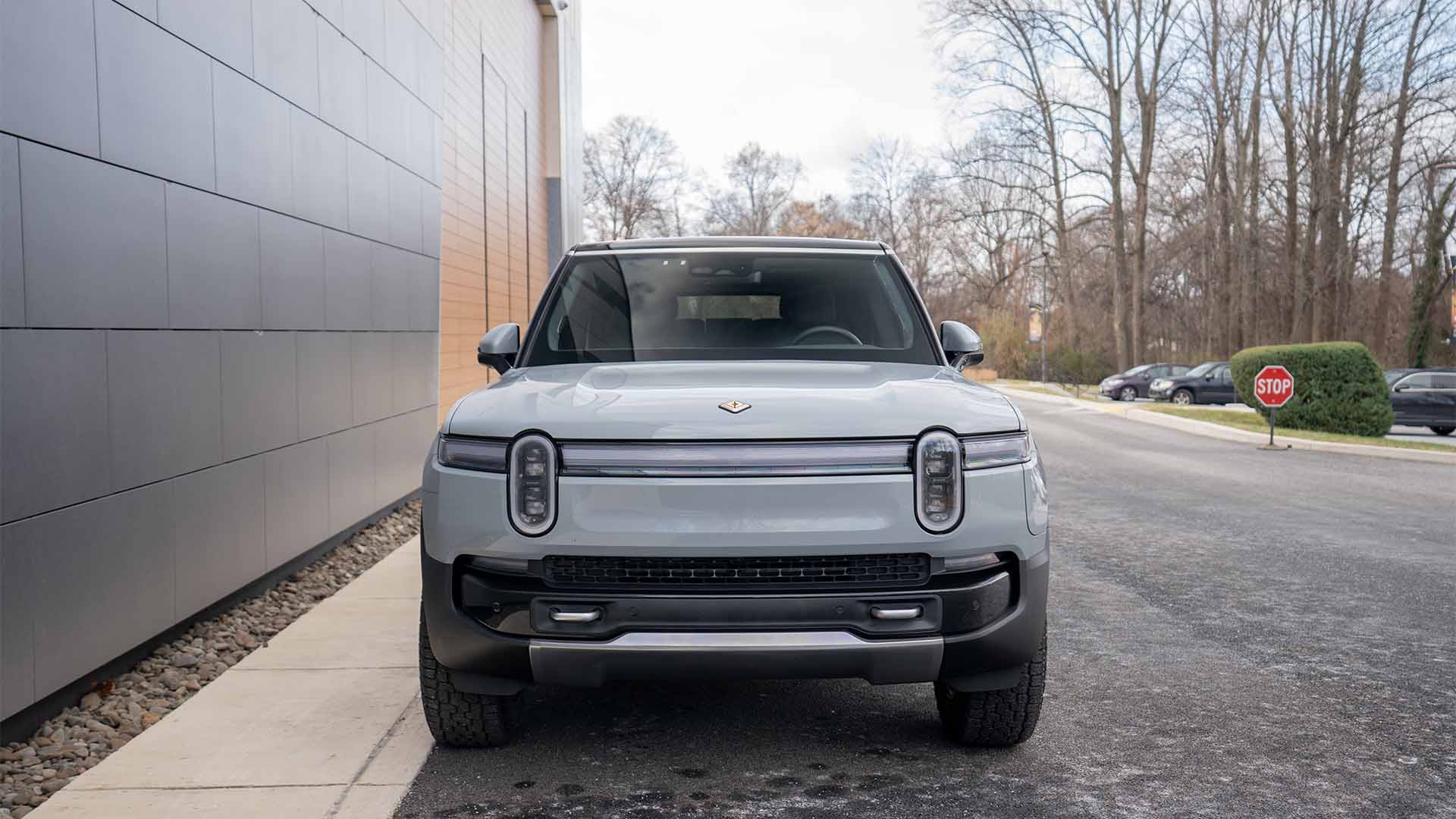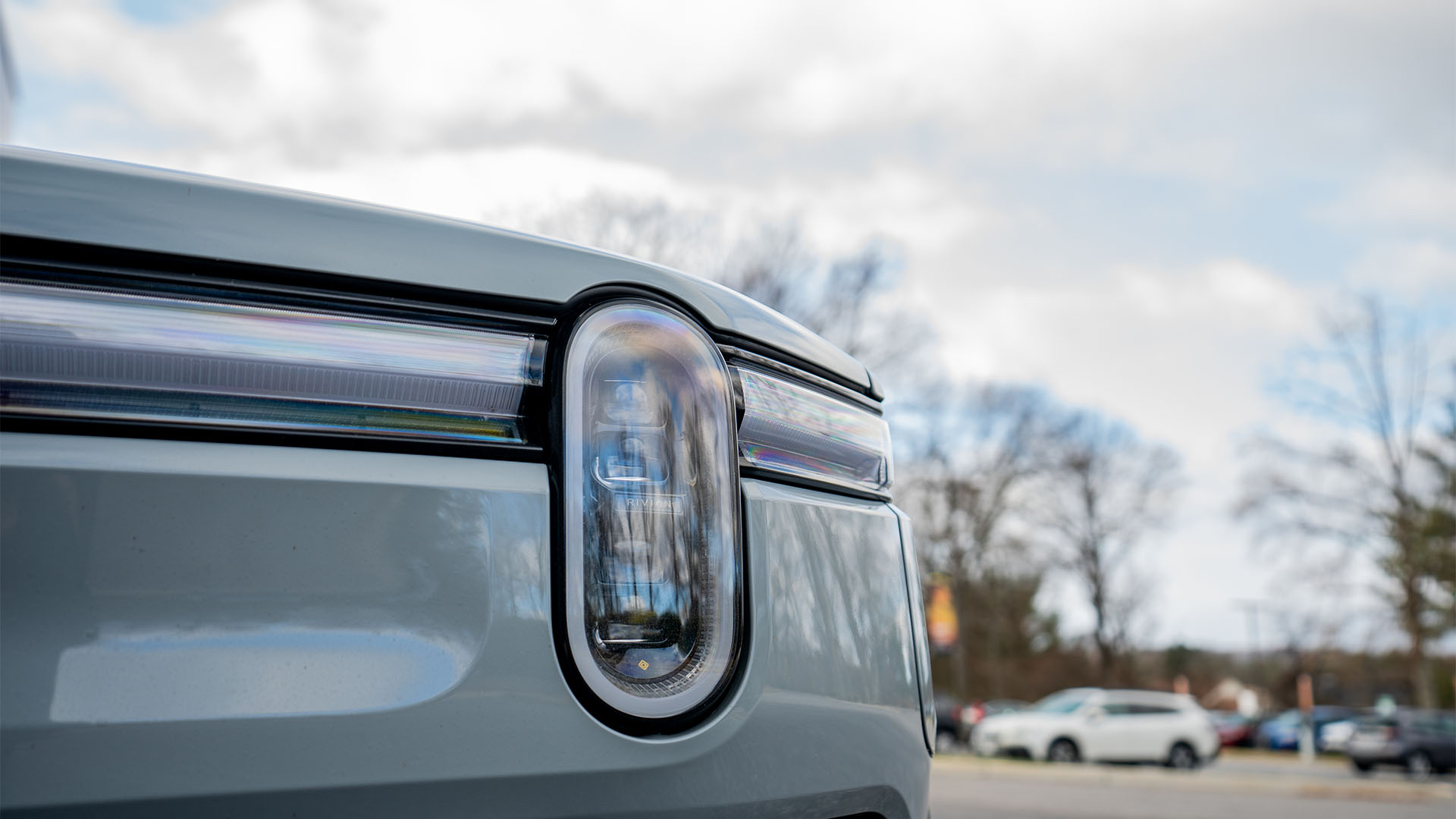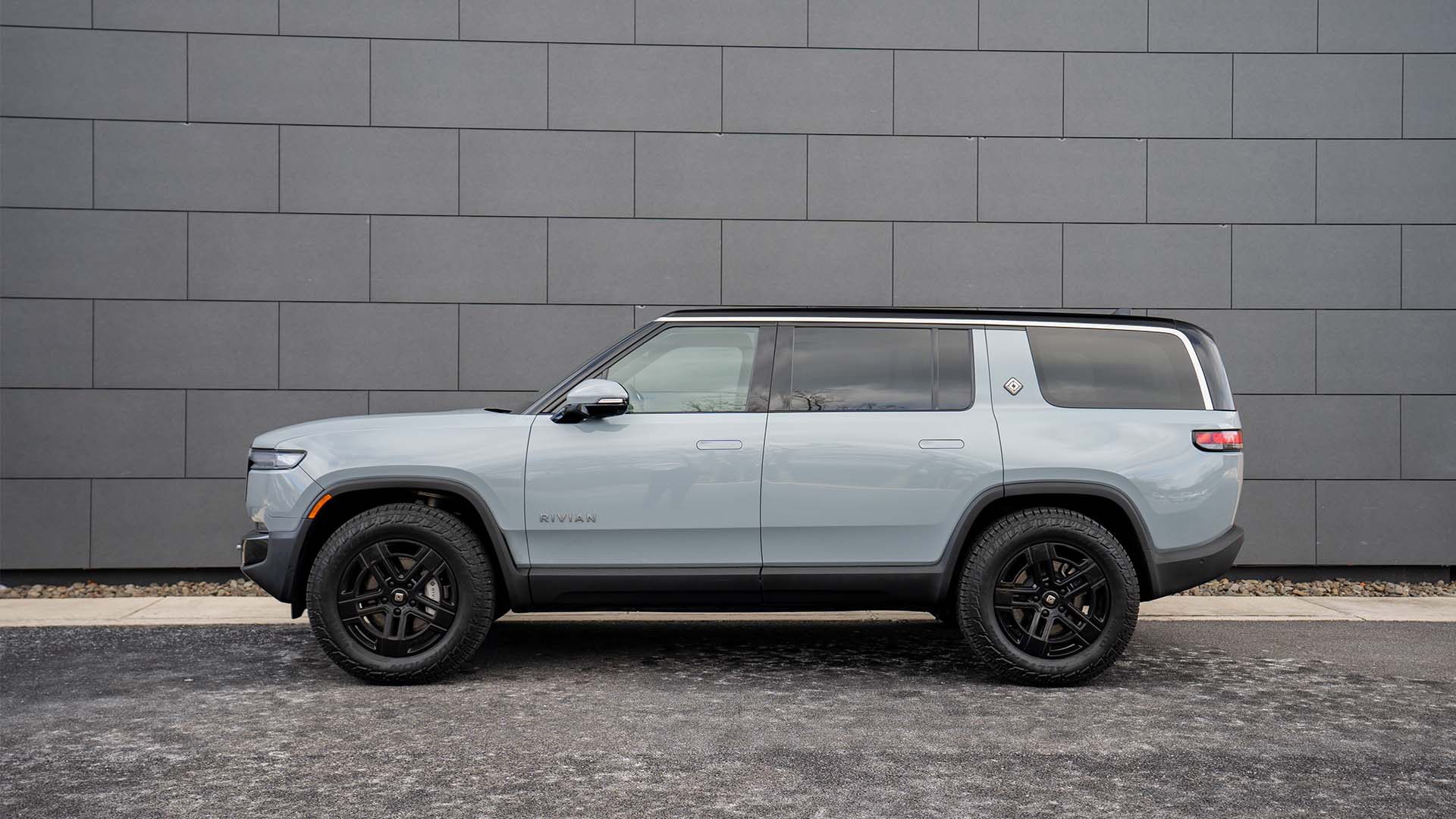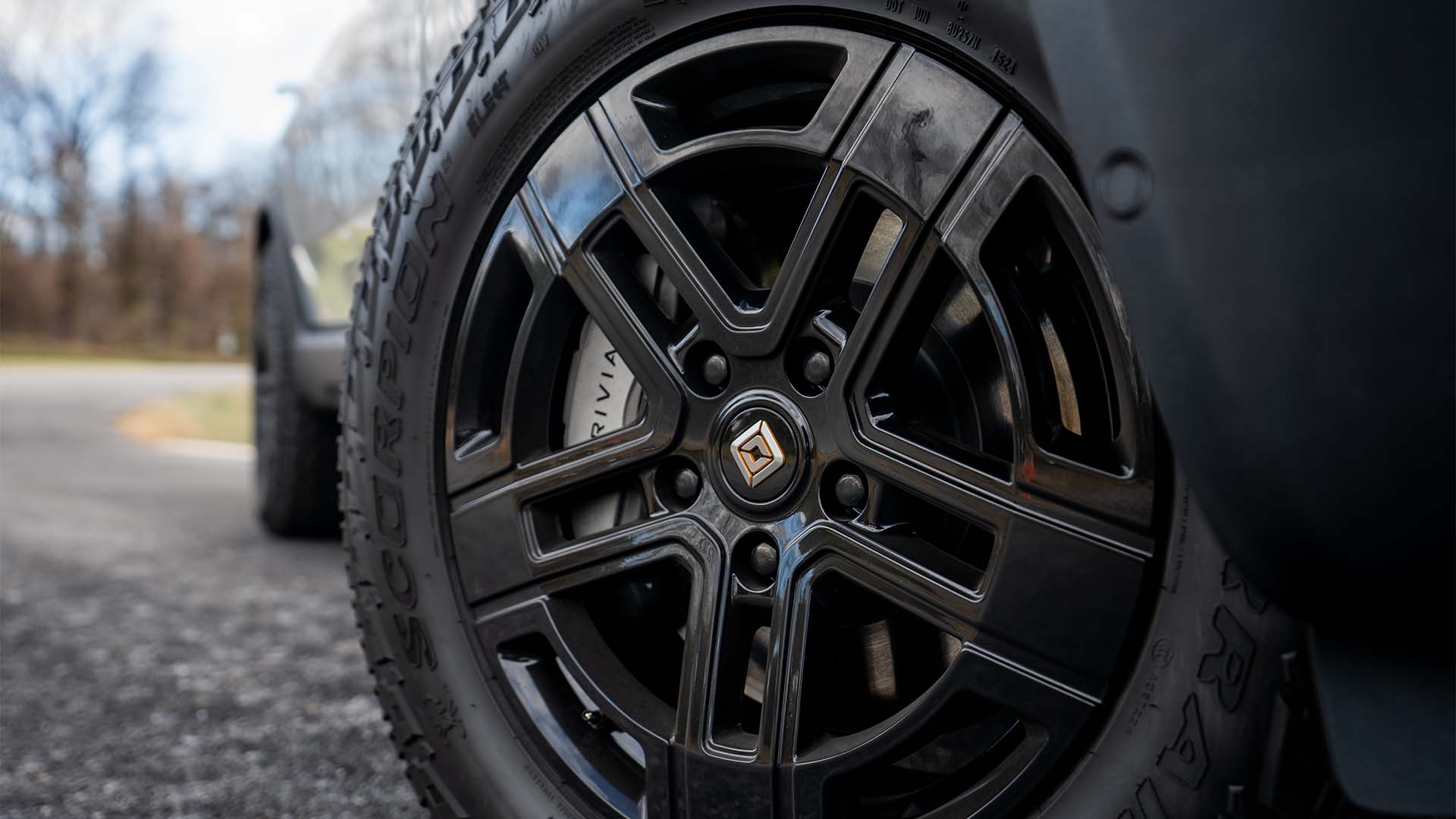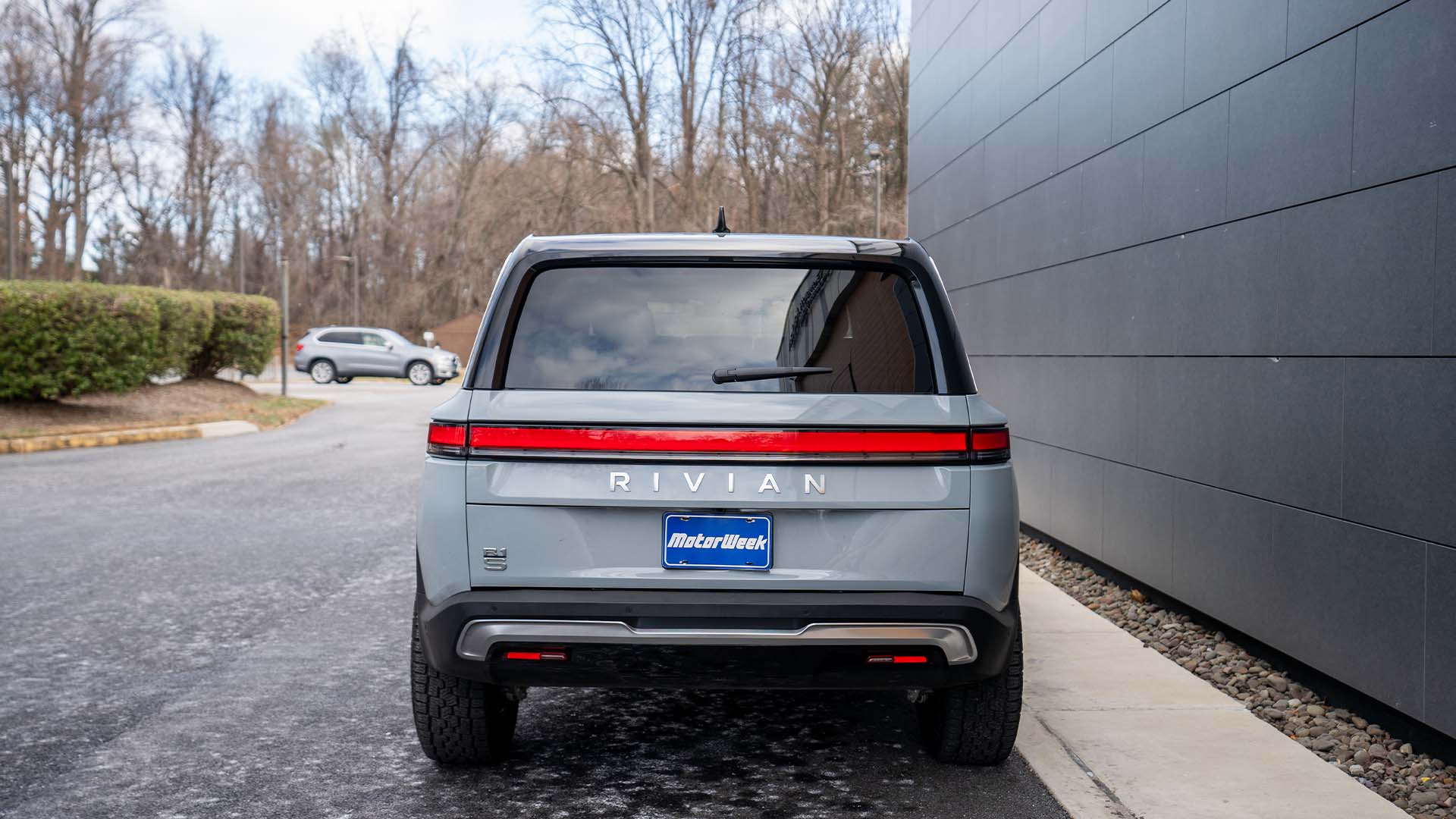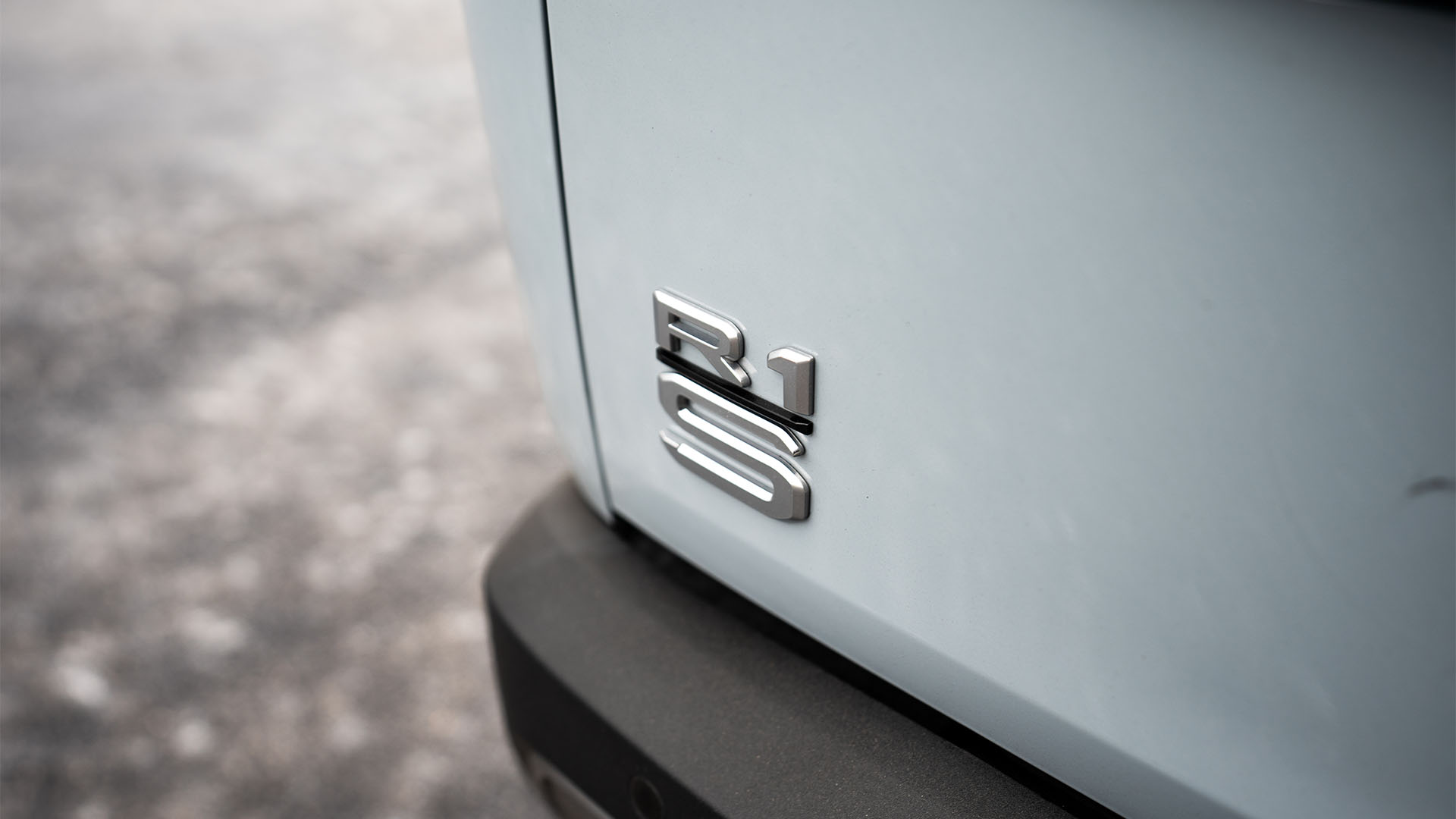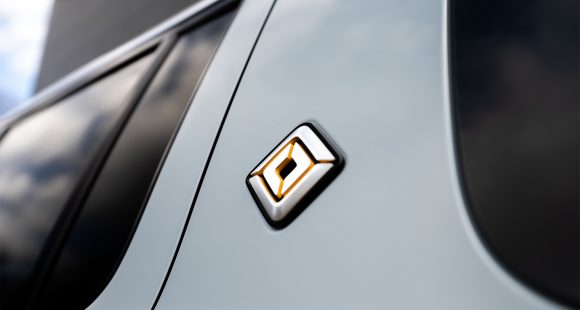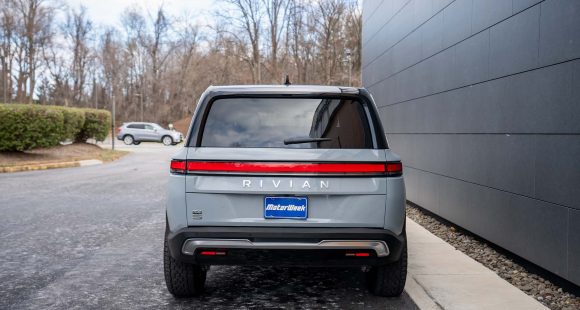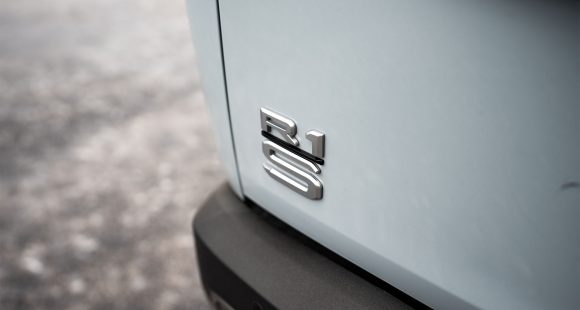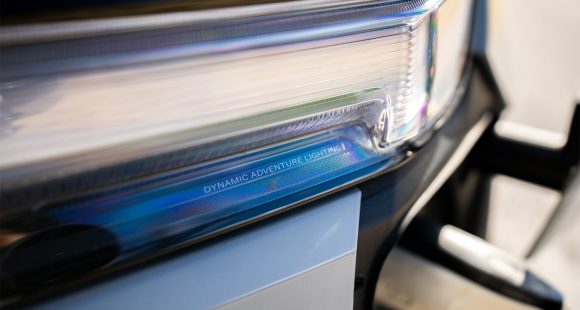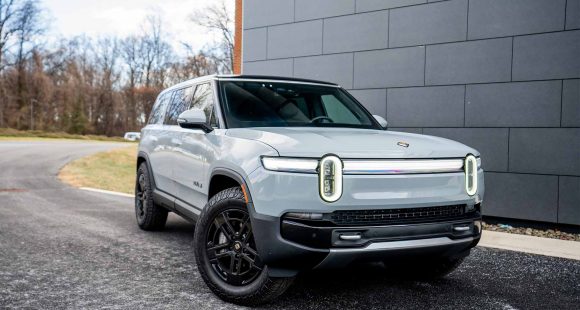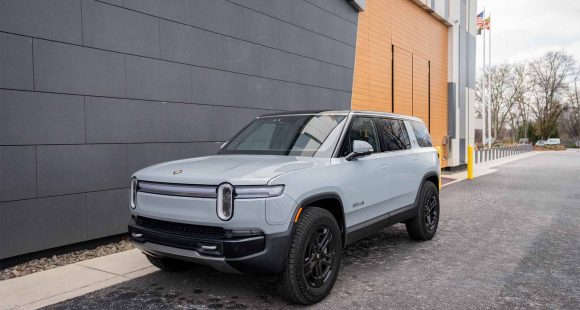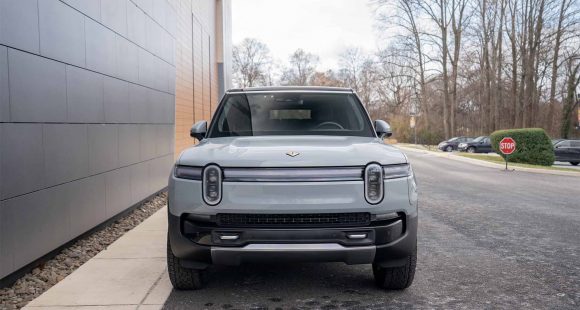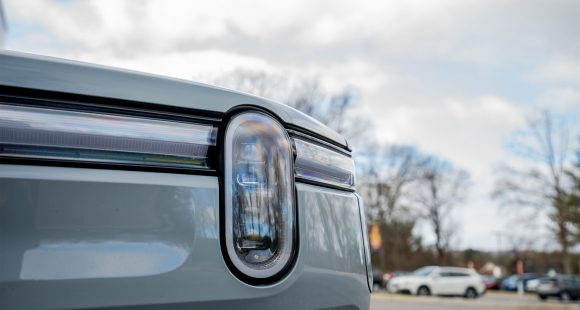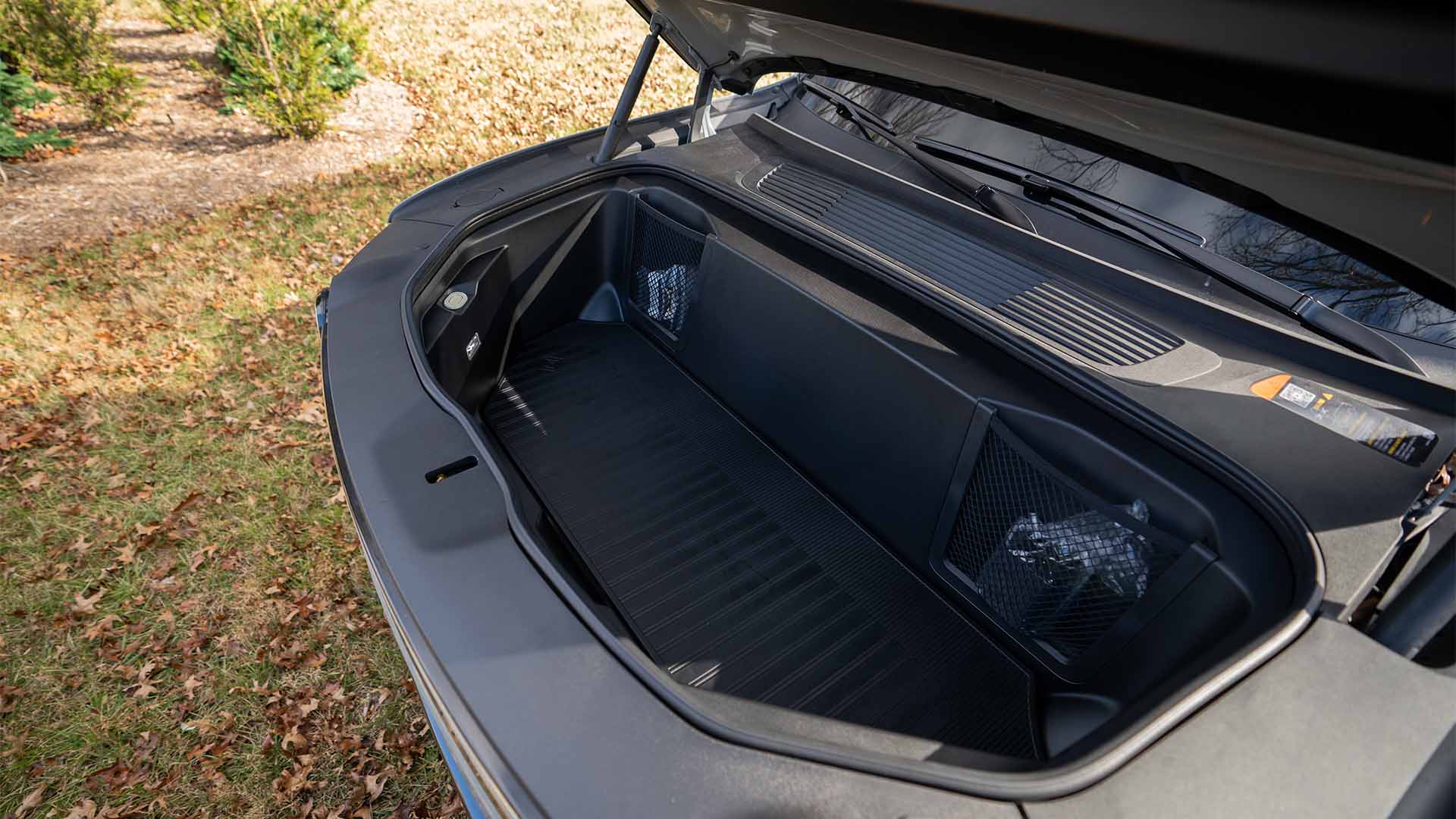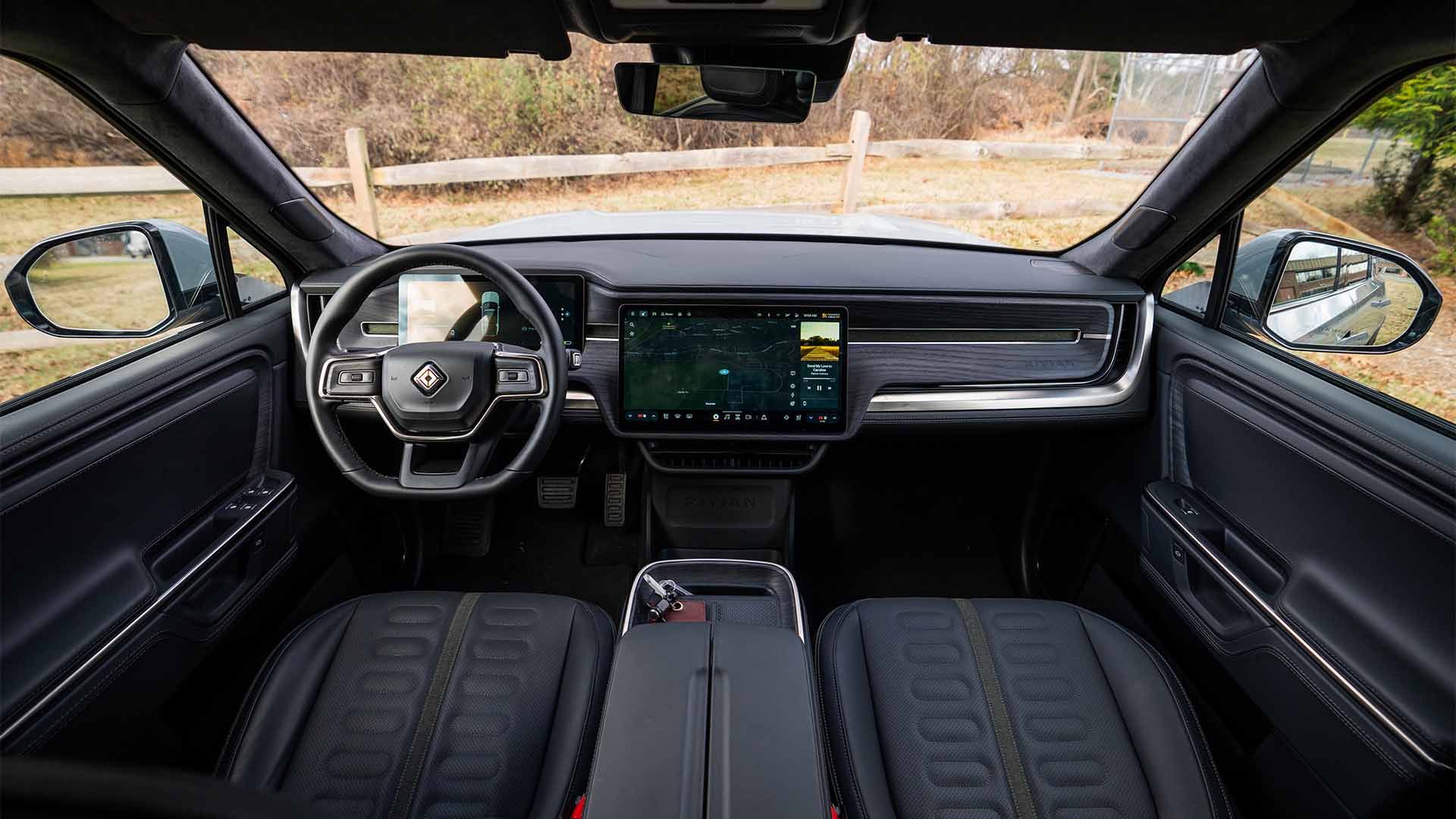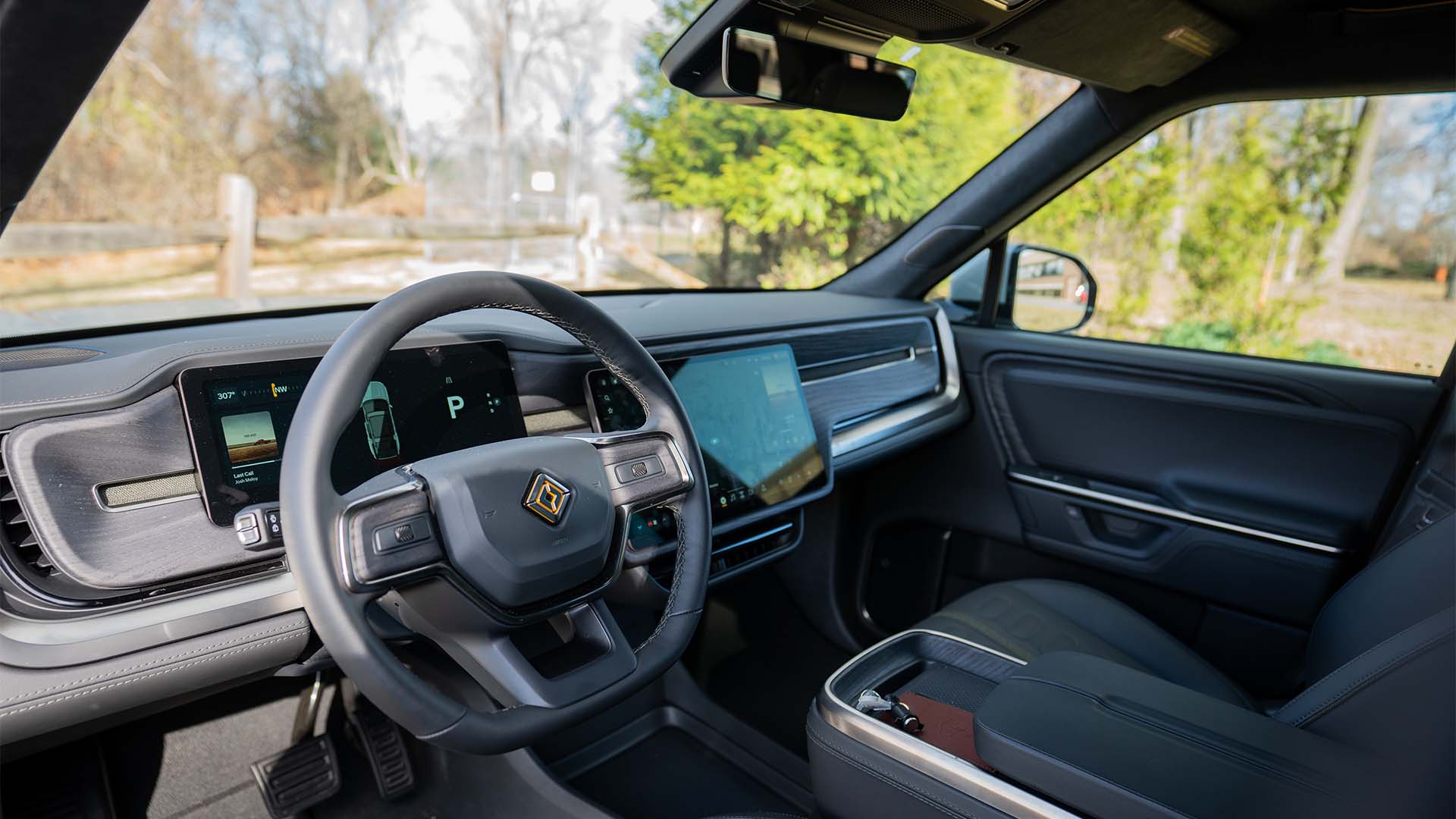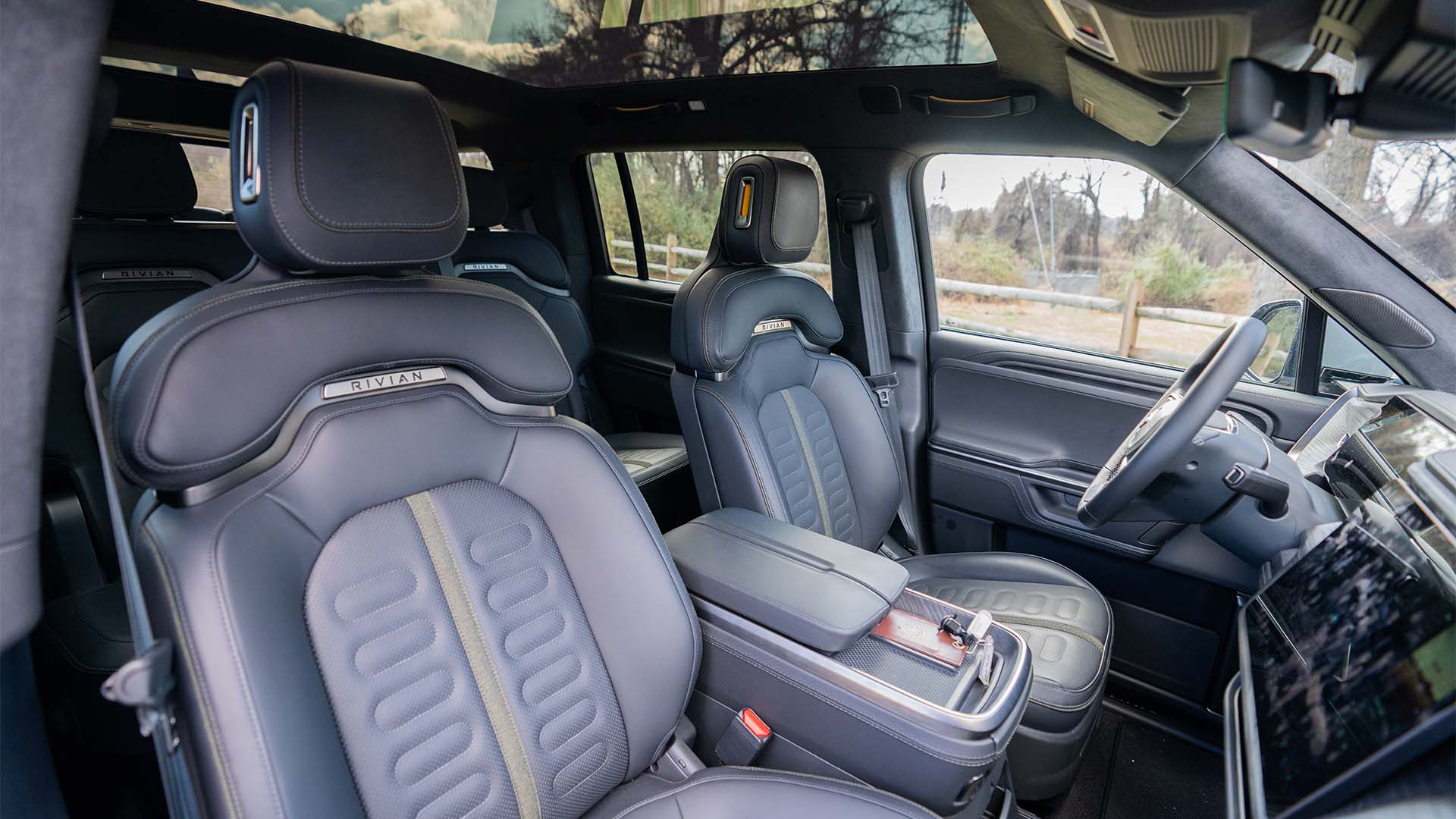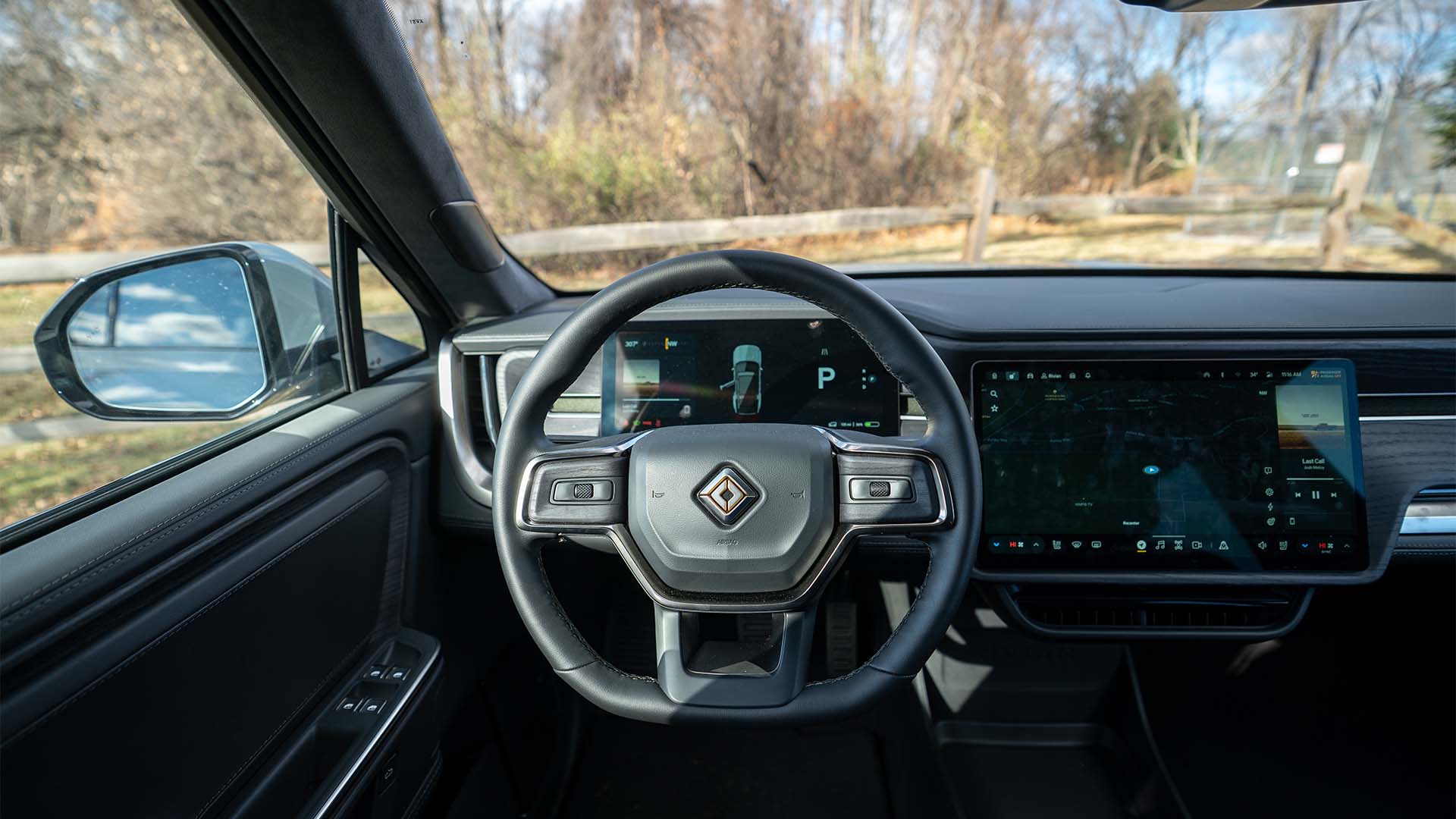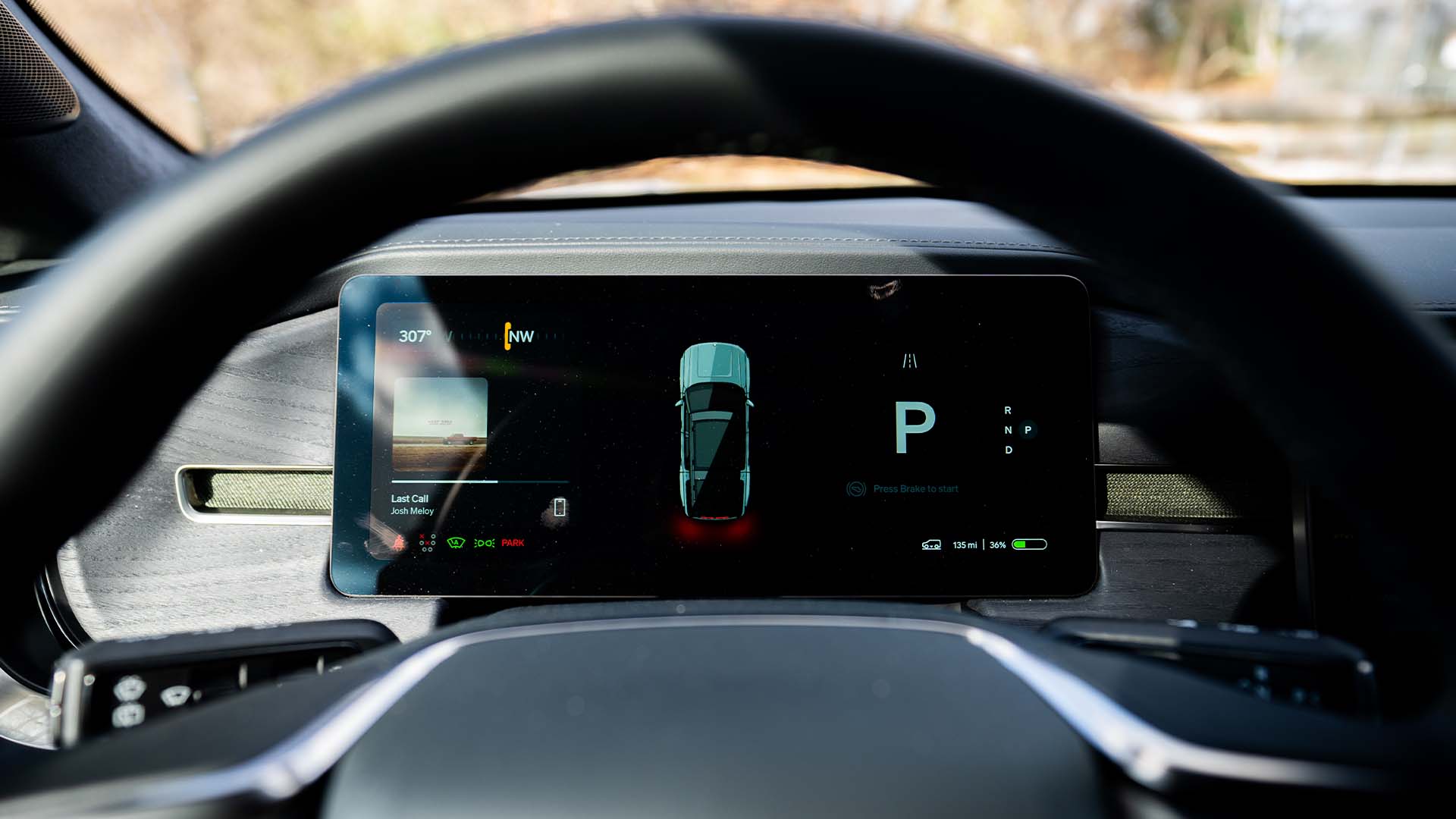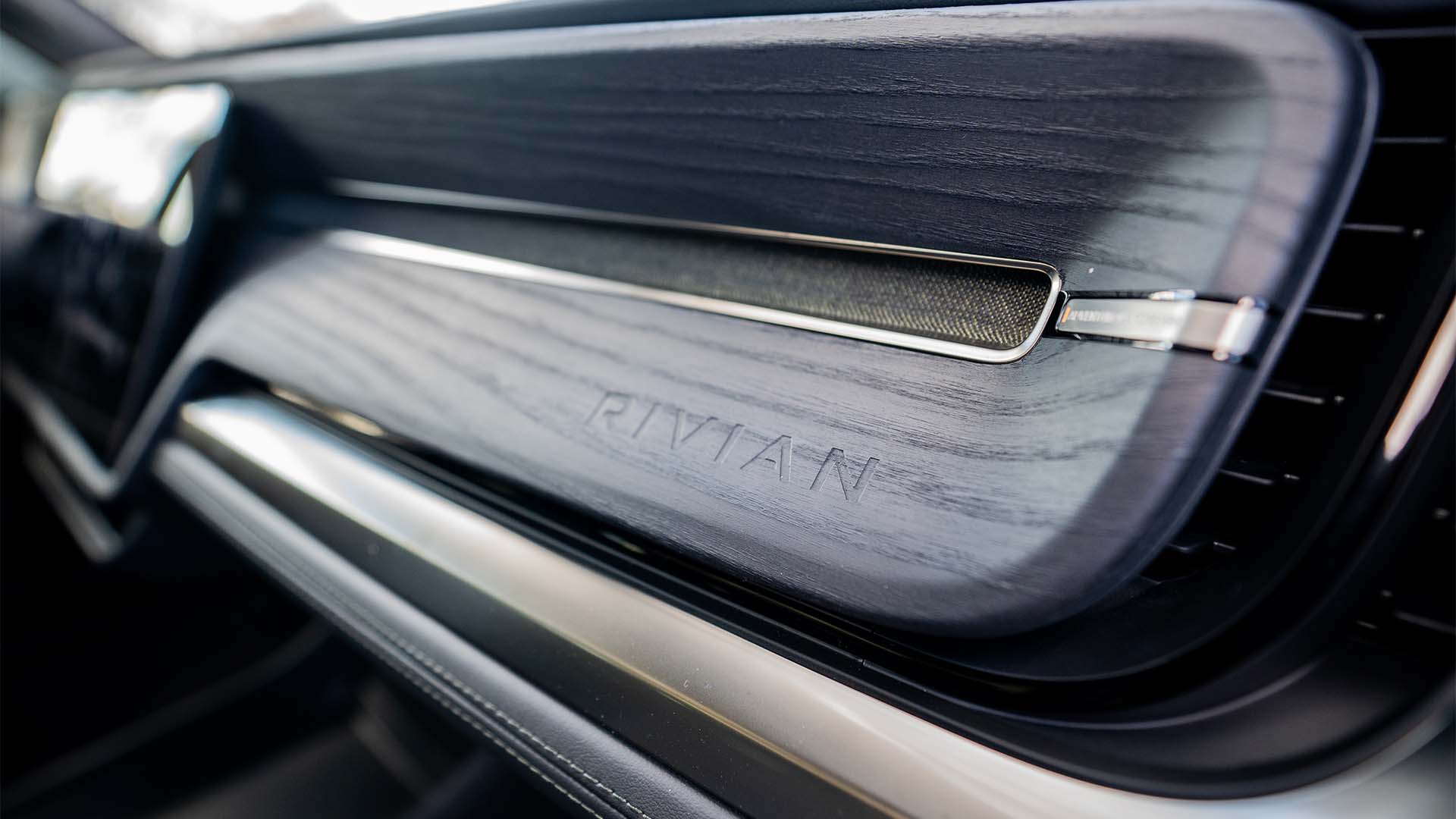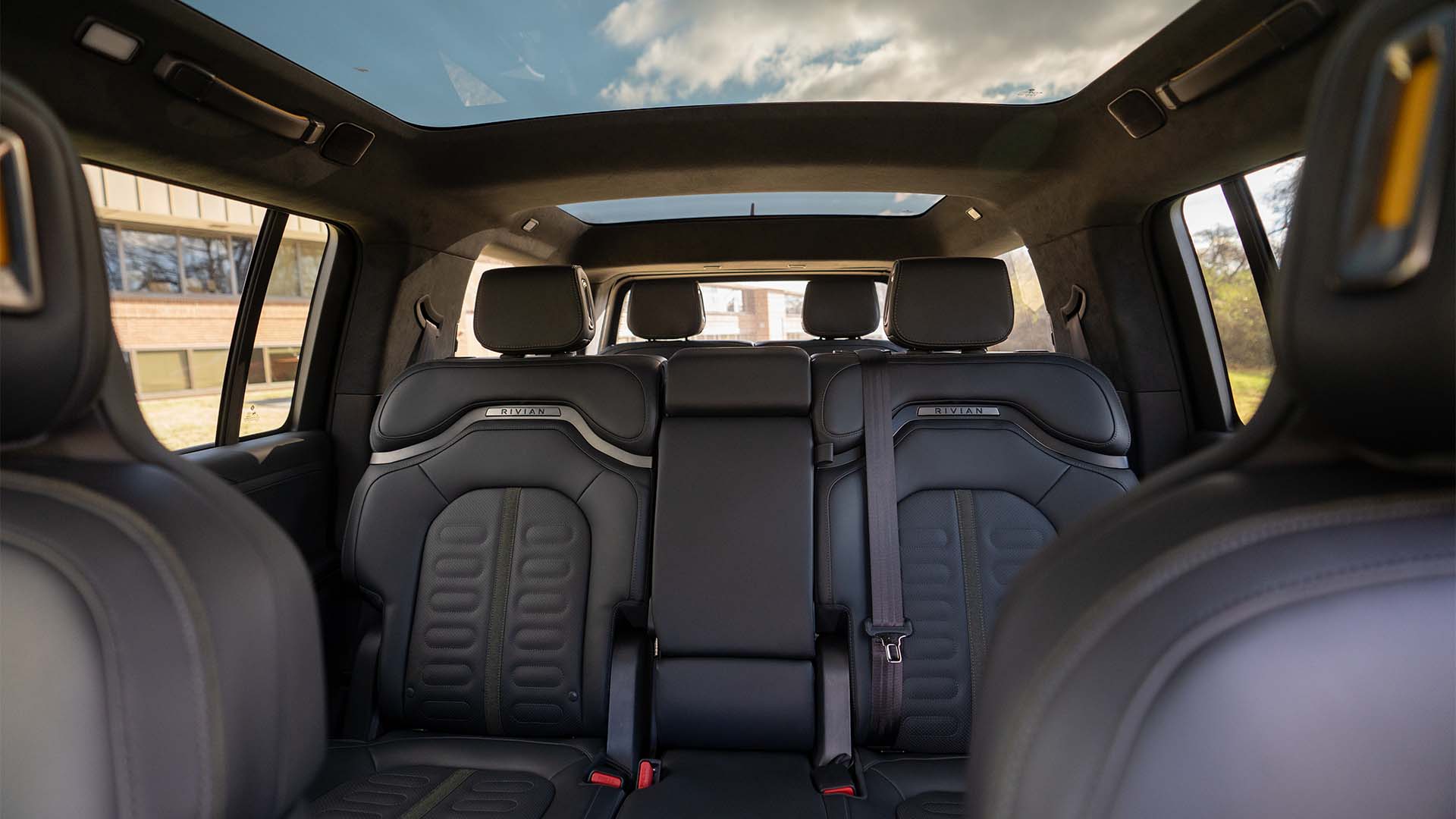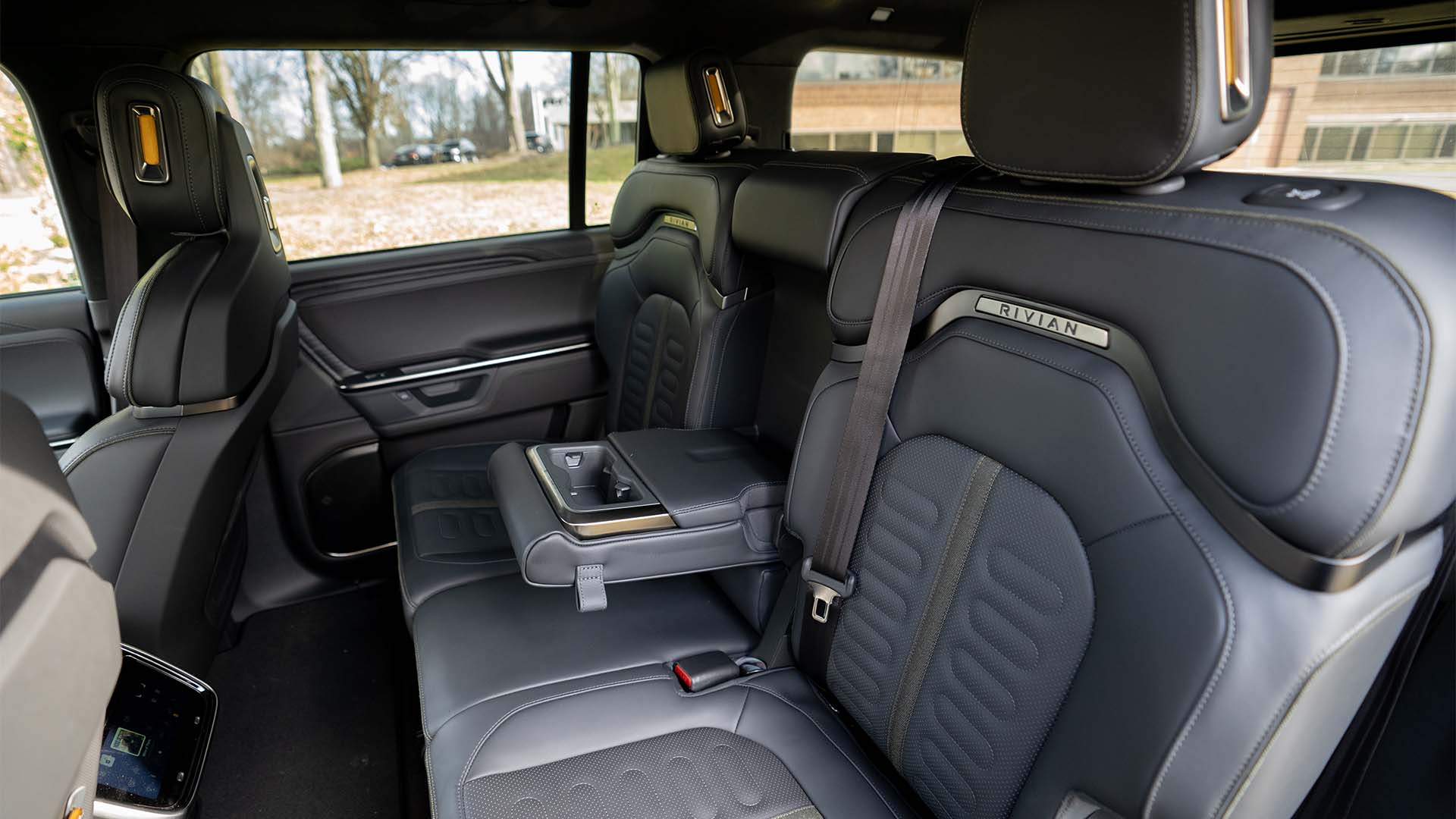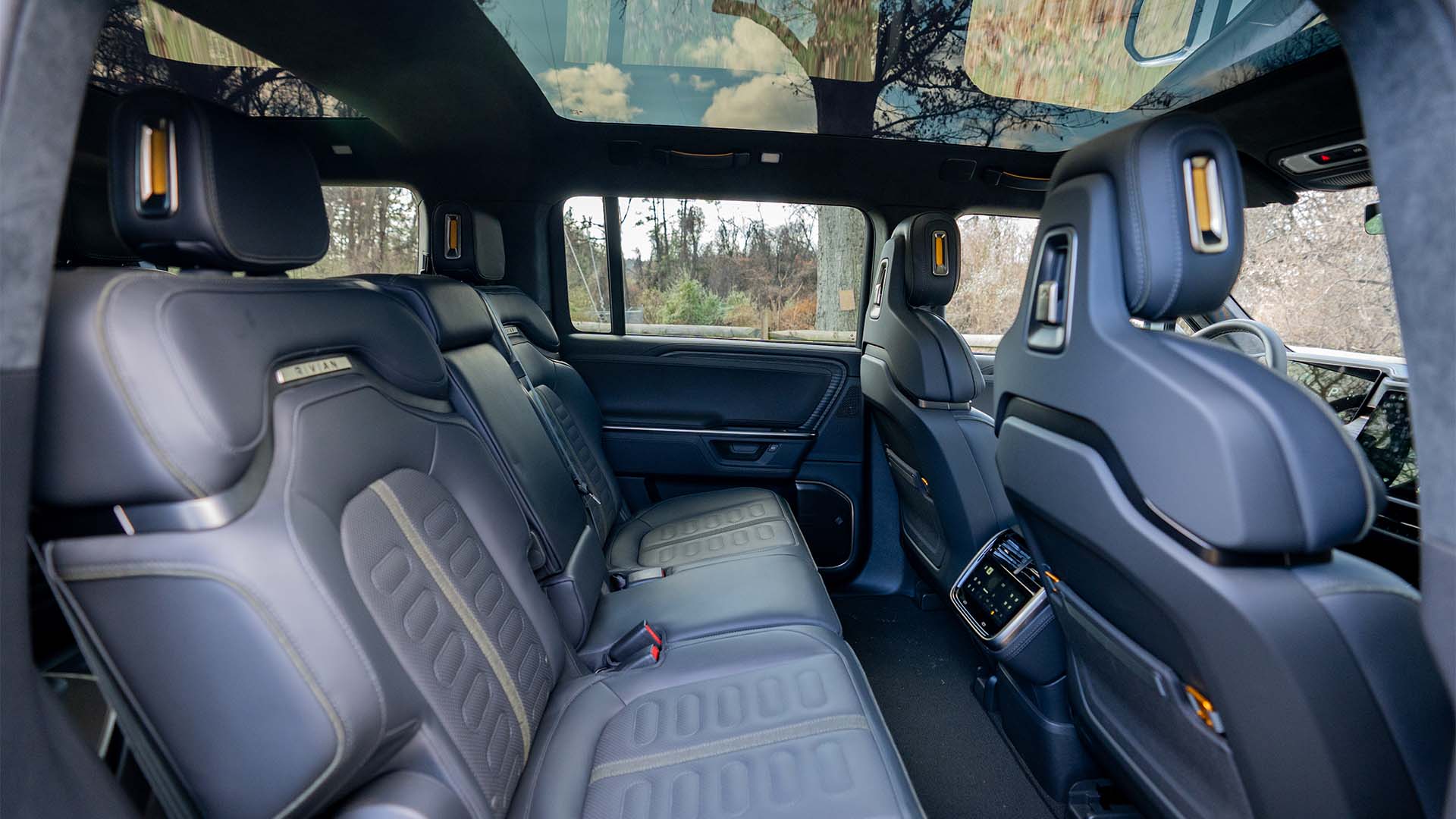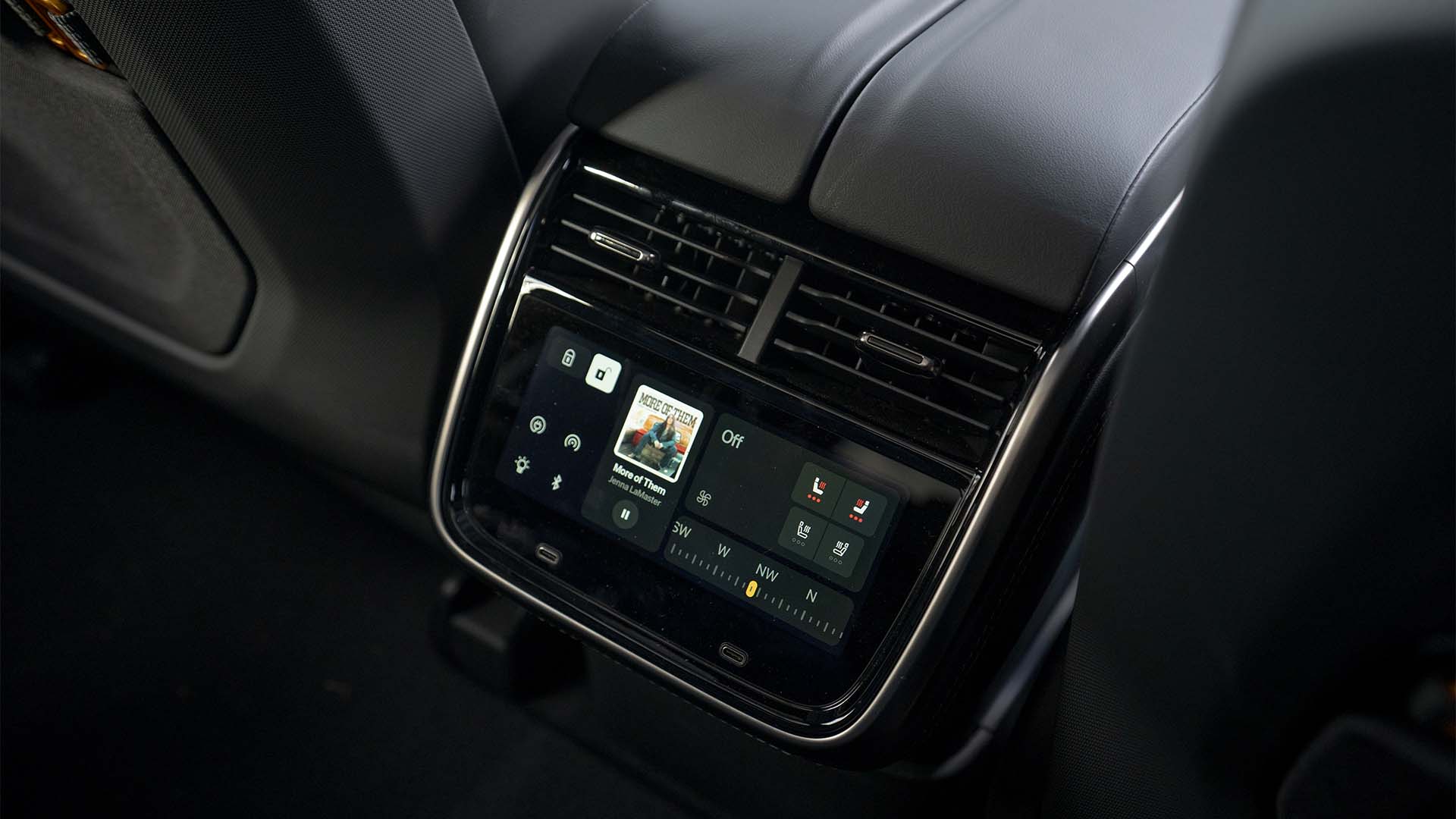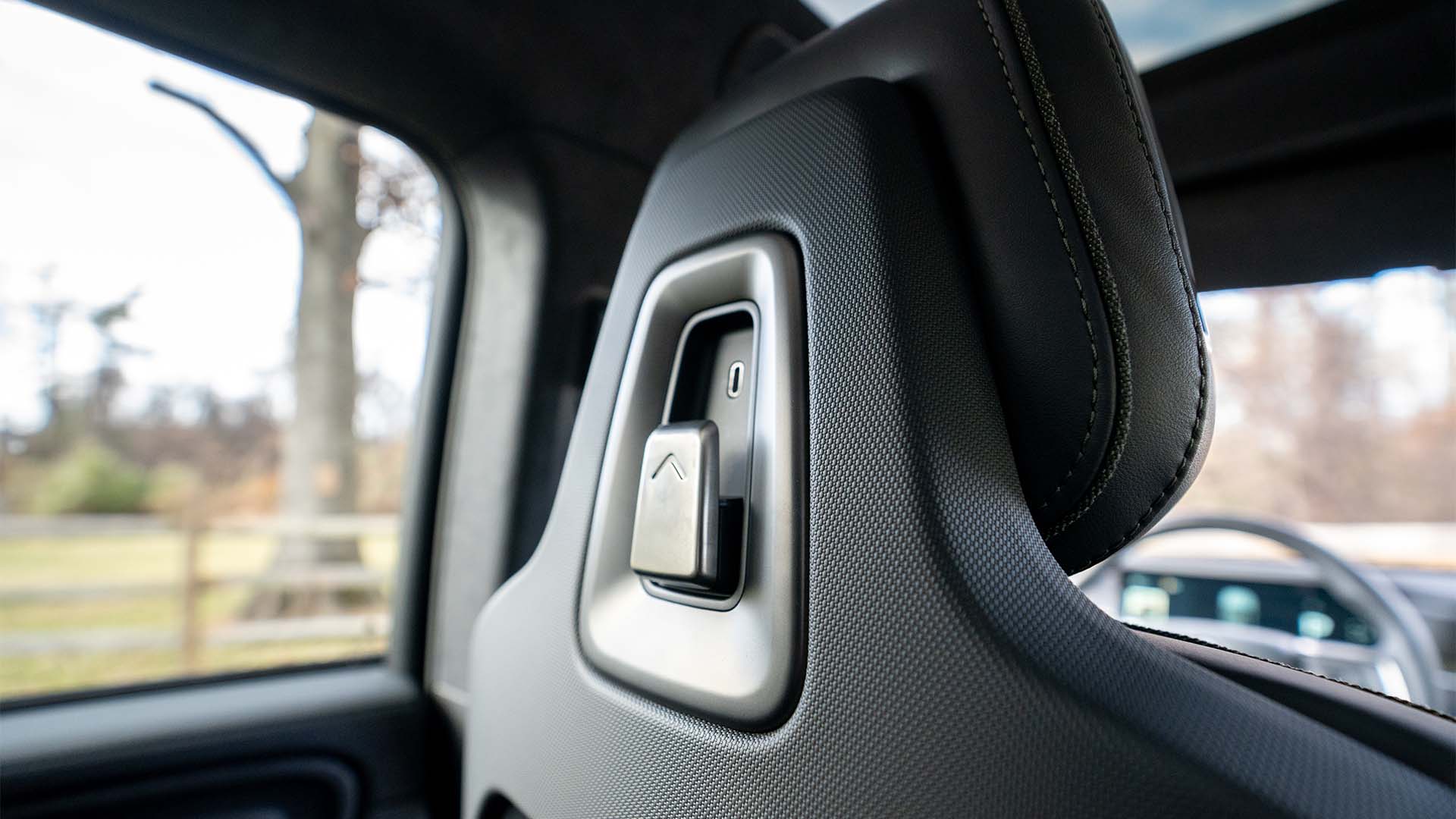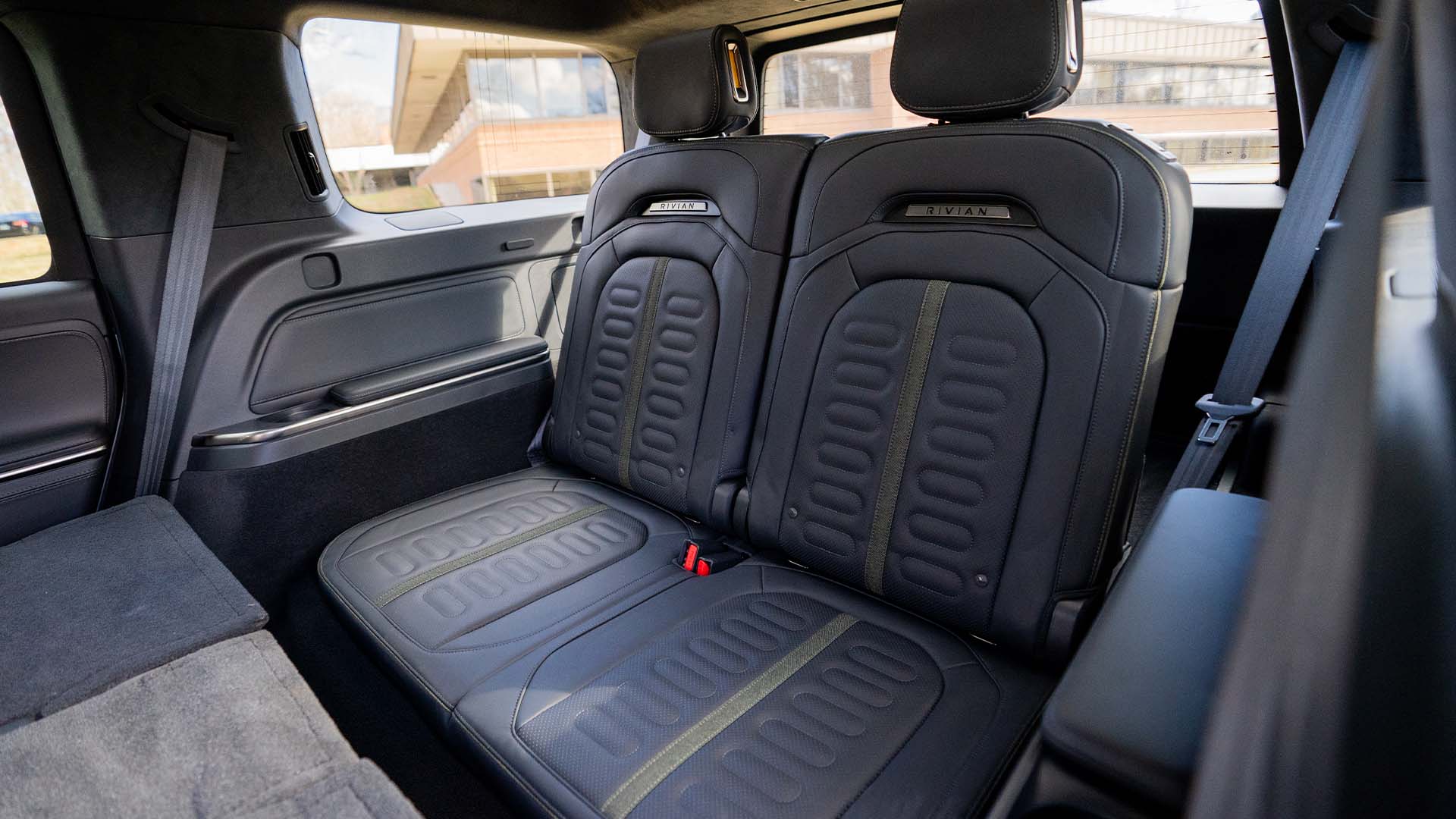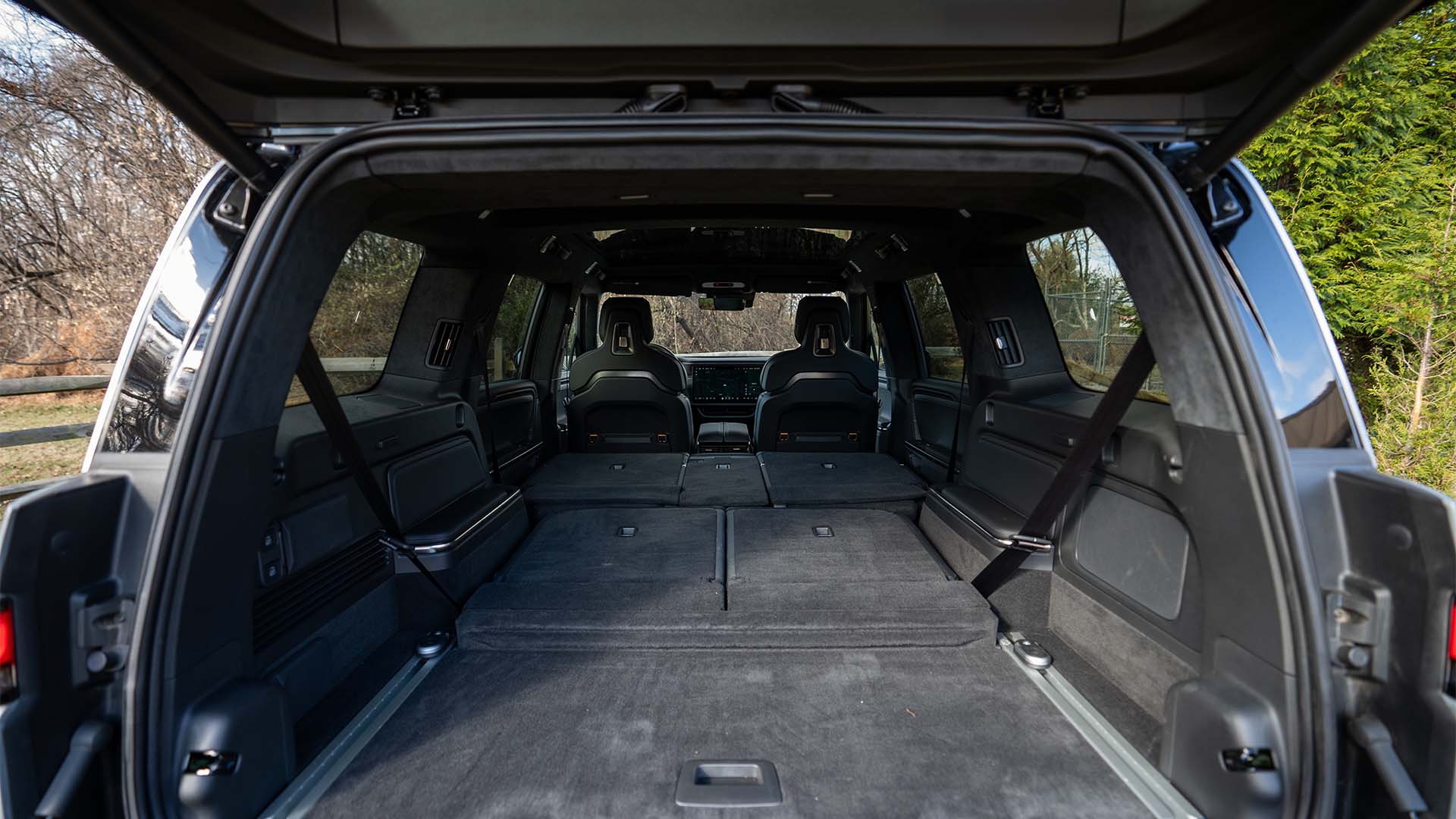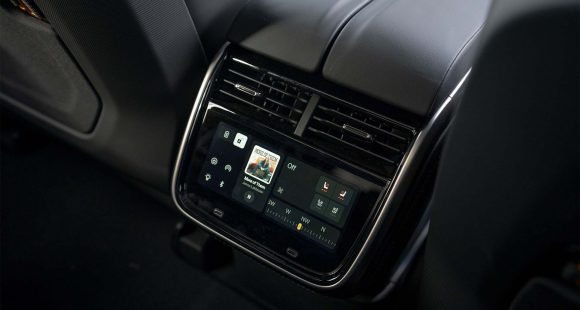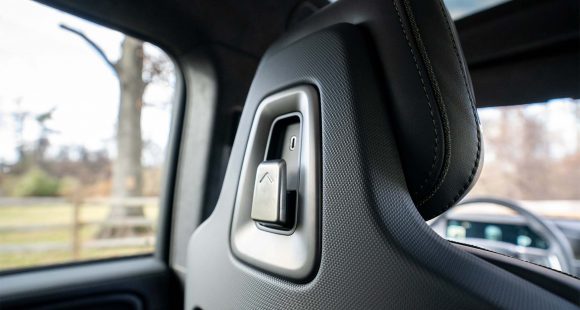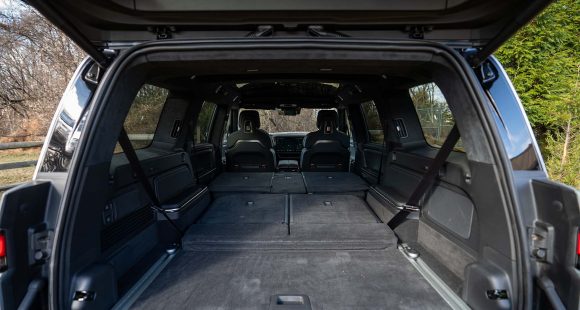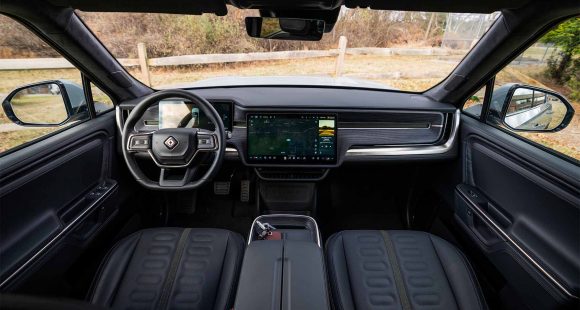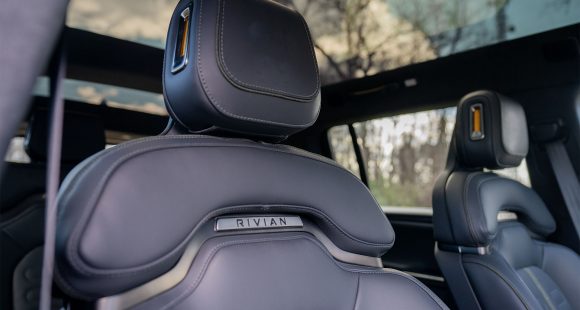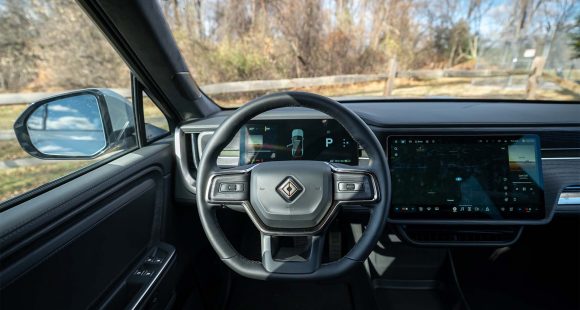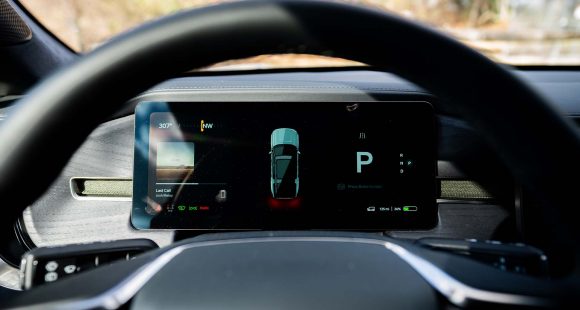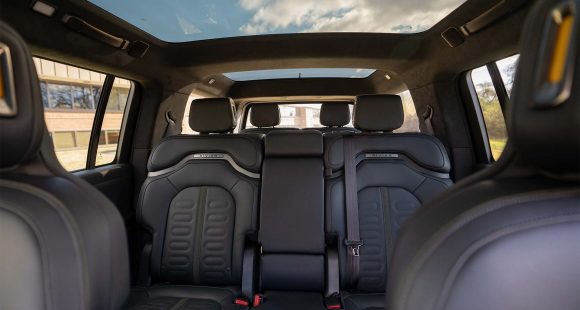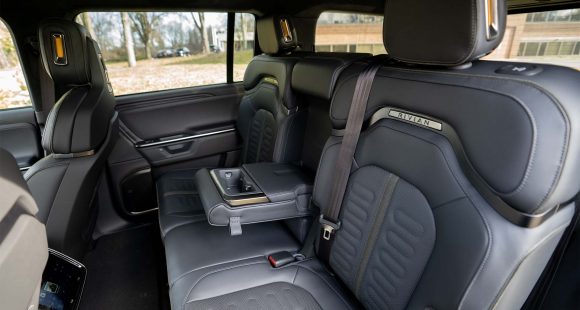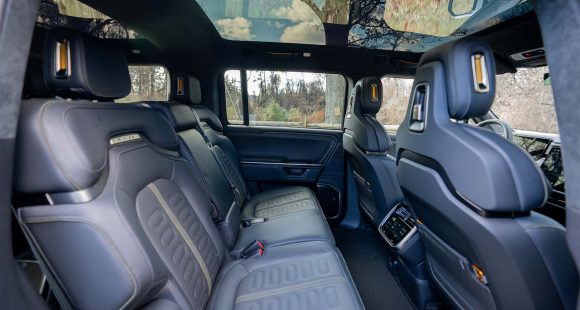2011 Toyota Sienna
When Toyota replaced the oddball Previa with the front-drive Sienna for 1998, it staked a firmer foothold in the minivan market. The redesigned 2004 Sienna added all-wheel-drive as an option, making it a true alternative to popular SUVs. Now, for 2011, the Sienna is all-new again, and it’s crossover utilities that dominate the family scene. So, let’s see if the new Sienna can stand its ground.
The 2011 Toyota Sienna minivan starts off by standing its ground on size. Its 119.3-inch wheelbase is the same as its predecessor. But it is a few fractions of an inch wider and shorter overall, much of which can be attributed to its all-new styling, penned entirely at Toyota’s Calty studio in Newport Beach, California. And, Calty has given Sienna a fairly aggressive version of the corporate notched hood, above a sharply tapered trapezoidal grille. Narrow, dramatically swept-back headlights are set high in a pair of bulging front fenders.
From there, the Sienna’s greenhouse follows the slight curvature of character lines drawn high on its flanks. Unmistakable Venza-like taillights wrap around under the D-pillars.
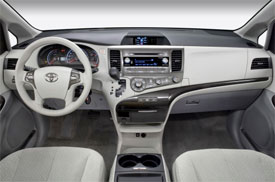 Styling cues vary by trim. The sporty-looking SE’s mesh grille, deep splitter, rocker panels, and smoked taillights set it apart from the rest of the clean but much more pedestrian Sienna lineup. A selection of standard alloy wheels range from 17 to 19 inches in diameter.
Styling cues vary by trim. The sporty-looking SE’s mesh grille, deep splitter, rocker panels, and smoked taillights set it apart from the rest of the clean but much more pedestrian Sienna lineup. A selection of standard alloy wheels range from 17 to 19 inches in diameter.
But while a dose of exterior excitement is fine, the focal point of every minivan is the interior. To that end, the 2011 Sienna fills slightly bigger shoes than last year, with two inches added to interior length. It’s also wider inside, and the now flowing dash has a less pronounced, more integrated center stack to make it feel even roomier.
The front seat passengers are treated to a funky asymmetrical trim swoosh separating two glove boxes, and the driver will find a more upscale instrument cluster with standard ECO driving indicator in the multifunction liquid crystal screen. A full complement of airbags includes one for the driver’s knee.
Standards include tri-zone climate, CD stereo with aux input, up to a dozen cup holders, and dual sliding doors with power windows. Ascend the trim levels, and amenities like wood trim, voice command navigation, and a novel sliding center console are available.
Unlike Chrysler’s minivans, the Sienna’s second row seats don’t fold into the floor. They’re heavy, but are removable. Seven-passenger models have twin captain’s chairs. In Limited trim they recline. The eight-seater features a split bench with a stowable center section. The captain’s chairs have 23 inches of fore/aft travel and seat cushions that tip up, allowing easy access to the third row. There, the 60/40 split bench is placed two inches further back than before for adult-size legroom.
The optional rear entertainment system has a 16.4-inch screen that can display two inputs—like a movie and a game—at the same time. Unlike Chrysler vans, however, satellite TV is not available.
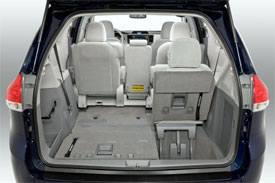 Cargo volume behind the upright third seat is good at 39.1 cubic feet. Drop the third row and cargo volume goes to 87.1 cubic feet. With the second row removed, cargo volume grows to 150 cubic feet, or more than all rivals.
Cargo volume behind the upright third seat is good at 39.1 cubic feet. Drop the third row and cargo volume goes to 87.1 cubic feet. With the second row removed, cargo volume grows to 150 cubic feet, or more than all rivals.
Sienna continues as the only minivan available with all-wheel-drive. For 2011, it returns as an option on V6-powered LE, XLE, and Limited models.
Base power comes from the Sienna's first four cylinder. The 2.7-liter, shared with Highlander and Venza, rates 187 horsepower and 186 pound-feet of torque. The carryover 3.5-liter V6 rates 266 horsepower and 245 pound-feet of torque. A new six-speed transmission with sequential shift handles gear changes for both motors. With the V6, Sienna can tow 3,500 pounds.
Suspension hardware is traditional minivan, strut front and a beam axle rear. But careful retuning, stability control, and new electric power steering provide Sienna an unusually tactile driving experience, especially the SE, which gets treated to an even sportier setup. All-disc ABS brakes are standard.
While the four-cylinder does strain a little under heavy loads, its Government Fuel Economy ratings of 19 city/26 highway are the best in its class. The front drive V6 rates 18 city/24 highway, dropping to 16 city/22 highway with all-wheel-drive. All Siennas run on regular gas.
When it goes on sale later this spring, Sienna prices will start slightly lower than last year at $25,010. The V6 starts at $26,250, and can climb to an eye-popping $40,520 for an all-wheel drive Limited.
That said, the 2011 Toyota Sienna has something for every minivan taste— a more economical four-cylinder, class-exclusive all-wheel drive, and the nicely sporty SE model. So, not only can this highly versatile vehicle stand its ground, it's likely to make a few more suburbanites think twice about buying a big CUV.Specifications
- Engine: 2.7-Liter Four Cylinder
- Horsepower: 187
- Torque: 186 Lb Feet
- EPA: 19 MPG City/ 26 MPG Highway
2025 Rivian R1S
Major Reboot for Rivian R1S
With just about every mainstream carmaker now onboard with battery-electric vehicles, EV-only brands are hoping there are still plenty of people out there willing to think outside the box. So, let’s see if Rivians latest R1S utility can make the case for taking the EV road less traveled.
Big changes have happened in the short time since the Rivian R1S first hit the streets three years ago. As for 2025, there are updates that touch just about every aspect of the vehicle. Yes, despite looking almost exactly the same outside, Rivian claims that beneath the surface, their entire electrical architecture has been significantly updated, eliminating a whopping mile and a half of wiring and 10 computer assemblies, allowing for more efficient operation.
But look closely and you will see their signature vertical oval headlights are updated with a new matrix of LED lights that can cycle individual elements on and off to provide maximum illumination where you need it without distracting oncoming drivers.
Not much change in the look of the interior either, but the synthetic leather upholstery is still very nicely done, though most touchpoints feel more rugged than luxury minded. With the exception of a couple controls on the steering wheel, you do still have to do almost everything on the R1S’s 15.6-inch touchscreen, but the user interface has been improved. So, while we do wish they could have reverse-engineered a knob or two into the mix, we realize full touchscreen interface is just what people expect in their high-end EVs these days, and at least it works better than before. And the gauge display still wows you with the amount of information it displays and is mounted high enough that no additional head-up display is needed. A new Rivian Autonomy Platform uses 11 cameras, five radars and A.I. for self-driving, or just to monitor what’s going on around the vehicle even when it’s parked.
This [EV] really feels fast, sitting you up high and throwing you back in your seat with authority.
Rivian has also given the R1S a substantial suspension revision with new spring rates, bushings, and mounts; along with new tuning for the adaptive dampers and roll-mitigation system. It does provide a more balanced street attitude, but it still rides like a truck. That’s great if that’s the experience you’re looking for; not as ideal if you’re looking for more of the smooth luxury-style treatment.
All R1Ss are all-wheel drive, but there’s a wide variety of powertrain options including a new Tri-Motor setup. Outputs range from the standard Dual-Motor’s 533 horsepower to the Quad-Motor’s impressive 1,025. There are several battery packs as well, delivering as much as 410 miles of range, giving the R1S the highest rating of any SUV on the market right now. Our Adventure trimmed tester featured the 665-horsepower Performance version of the Dual-Motor arrangement, with the Max battery and 20-inch wheels with all-terrain tires.
Theoretically, that setup is rated for 370 miles, but perhaps we were enjoying the “performance” theme too much as our results were well short of that, using 68% of the battery to drive only 189 miles, putting our estimated range around 278 miles. Using 43 kilowatts of electricity for every 100 miles earns the R1S a fair efficiency rating.
But all was forgiven at our Mason Dixon test track when this Rivian started blasting us to 60 in 3.8 seconds. Yes, there are faster EVs, but this one really feels fast, sitting you up high and throwing you back in your seat with authority, while the rear of the truck squats down substantially before hurling you off the line and down the track. Power delivery stayed strong the entire time, cranking away until we cleared the quarter-mile in 10.5 seconds at 108 mph.
Despite this utility’s substantial size and weight, we were able to keep a pretty fast pace through the cones of our handling course. The all-terrain tires obviously didn’t grip the pavement as well as all-seasons would, but the low center of gravity kept things very flat. Yes, it does feel very heavy, but the brakes were more than up to the task, stopping us from 60 mph in a very short 103 feet with surprisingly little nosedive and no fade.
Pricing starts at $77,700 for the Dual-Motor with Standard battery pack; our Dual-Motor Performance with the Max battery and All-Terrain Package came in just over $102,000.
While Rivian has had great initial success; sustaining that success will be a much tougher task. But, if they continue to put as much effort into improving their products as they have here with the 2025 R1S, we think their winning streak will only accelerate.
Specifications
As Tested
- Motor Setup: Dual Motor
- Battery Size: 141.5 kWh
- Horsepower: 665
- Torque: 829 lb-ft
- EPA Range: 370 miles
- 0-60 mph: 3.8 seconds
- 1/4 Mile: 10.5 seconds at 108 mph
- Braking, 60-0 (avg): 103 feet
- MW Test Loop: ~278 miles









